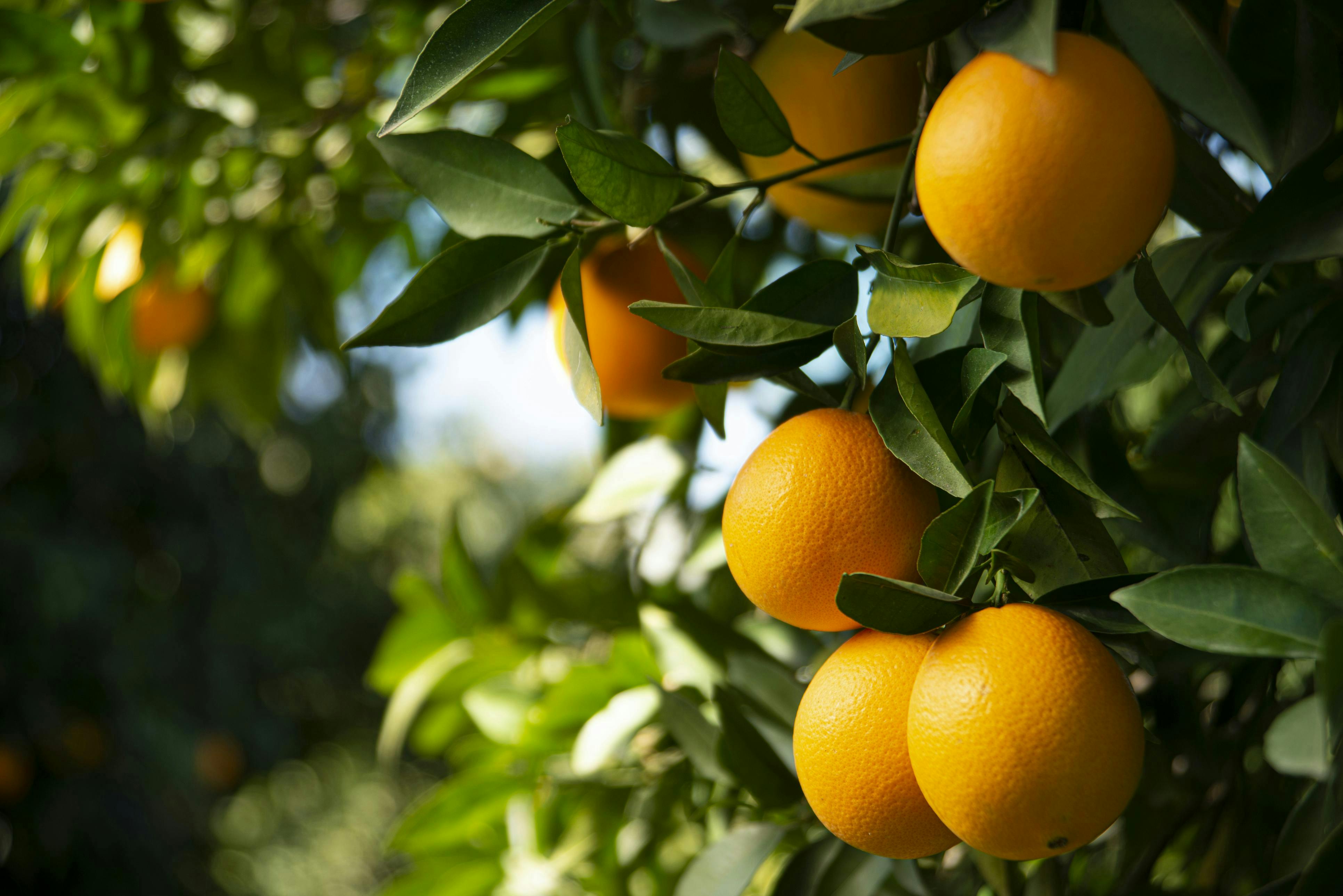

Integrating biostimulants into management practices could be a vital strategy for mitigating the impact of citrus greening disease
Huanglongbing (HLB), also known as citrus greening disease, poses a significant threat to the global citrus industry. As trees become symptomatic for HLB, they experience a detrimental imbalance of plant hormones, which exacerbates disease symptoms, leading to increased stem dieback, poor vegetative growth, and fruit drop. This cascade of issues results in reduced bearing wood, yield losses, and eventual tree decline. However, recent research has shown that the application of biostimulants can be beneficial for boosting the growth of HLB-affected trees.
The Hormonal Imbalance in HLB-Affected Trees
A recent study comparing healthy and HLB-affected trees found that the latter exhibit a high accumulation of salicylic acid, a plant defense-promoting hormone, throughout the leaf growth phase. Additionally, these trees had elevated levels of abscisic acid, a hormone that typically accumulates during water-deficit conditions. Conversely, they exhibited low levels of growth-promoting hormones such as auxin, cytokinin, and GA. This hormonal imbalance suggests that HLB-affected plants prioritize defense responses over growth, resulting in poor growth characteristics.
A recent trial was conducted at the Citrus Research and Education Center (CREC). Trees exhibiting severe HLB symptoms (canopy density less than 80%) were selected and treated with one of the following:
- Untreated (control)
- A commercial PGR blend (Kinetin, GA, & IBA blend)
- A biostimulant (Acadian Plant Health™ biostimulant, rich in natural cytokinin)
The treatments were applied every 45 days from March to October. After one year of treatment, biostimulant-treated trees (Acadian Plant Health™ product) demonstrated a remarkable increase in canopy density, whereas the rest of the treatments showed a decrease.
PGR (plant growth regulator) treated trees, in particular, exhibited a significant decrease in canopy density after spring. This decline is likely due to GA treatment at the time of flowering (March), which led to increased fruit set at the expense of vegetative growth.
In contrast, the Acadian Plant Health™ biostimulant, increased vegetative growth without negatively affecting fruit set. Acadian treated trees developed a more robust canopy capable of supporting a heavier crop load. This improvement in canopy density directly translated to an increase in yield.

Acadian Plant Health biostimulant technology helps develop a healthier canopy, supporting higher fruit yields
The study revealed that Acadian’s biostimulant-treated trees produced a 40% higher yield compared to untreated trees and those subjected to other treatments.

Despite repeated PGR blend sprays from March to October every 45 days, PGR blend-treated trees did not achieve the desired benefits. The imbalance in the source-to-sink ratio caused by higher fruit set early in the season led to poor canopy growth, negating any potential advantages of the treatment. This finding underscores the importance of application timing, as these products can influence several physiological processes simultaneously.
The application of Acadian’s biostimulant technology has shown promising results in improving the growth and productivity of HLB-affected sweet orange trees. By addressing the hormonal imbalance and promoting vegetative growth, the biostimulant technology helps develop a healthier canopy, supporting higher fruit yields. As HLB continues to challenge the citrus industry, integrating biostimulants like Acadian Plant Health’s into management practices could be a vital strategy for mitigating the impact of this devastating disease and enhancing citrus production.
